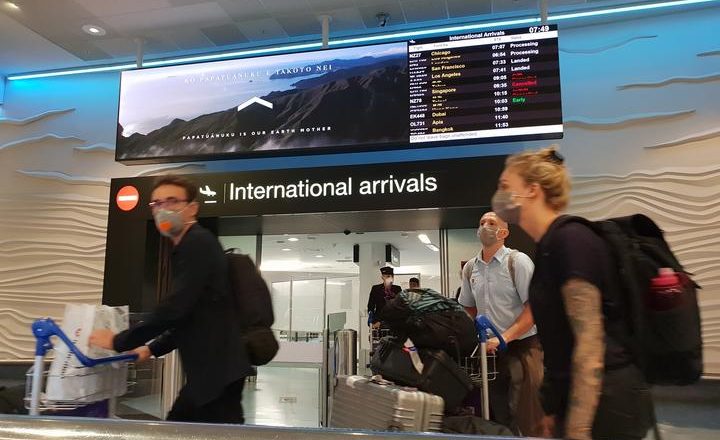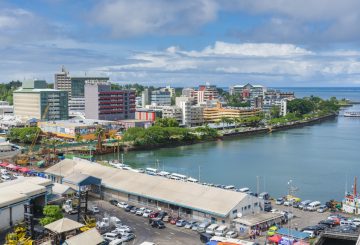Tourism Industry Aotearoa is urging the Government to update its plans for reopening New Zealand’s borders as Omicron has changed the game.
Prime Minister Jacinda Ardern said last week that Cabinet would be considering changes to the current border settings in the coming weeks, after the phased reopening announced in November was put on hold when Omicron emerged.
“The previous plan was developed to respond to Delta, not Omicron. If Omicron becomes endemic in New Zealand, there will be no health reason to keep our borders closed or to continue self-isolation or MIQ for international arrivals,” TIA spokeswoman Ann-Marie Johnson says.
New Zealand needs to reconnect with the world. People are desperate to reunite with family and friends. Travel also supports critical supply chains, brings vibrancy to communities, and supports other sectors including events, food production, transport and services.
Quarantine-free travel is key to attracting international manuhiri back to New Zealand. The tourism industry’s recovery cannot begin until New Zealand’s borders reopen to international arrivals without isolation or quarantine requirements, Ms Johnson says.
International airlines are currently finalising their schedules for our 2022-23 summer. They need an indication of the plan to reopen our borders by mid-February or there is a strong risk New Zealand will lose quality international air connections, delaying the recovery further, she says.
Advice from the World Health Organisation is that international travel bans should be lifted or eased as they have not prevented the spread of Omicron and are contributing to social and economic stress.
International trends show that the peak of the Omicron outbreak should pass within two or three months so the Government should be planning now to reopen the borders at that time, Ms Johnson says.
“We know that both New Zealanders and tourism operators will face tough times in the next few months so the time for planning for the recovery is now. We need a clear Omicron border opening plan. We believe that enough is known about how the pandemic will play out to justify serious work to develop the plan. On behalf of the industry, TIA is keen to work with the Government to support this.”
Easing and then eliminating New Zealand’s border restrictions must be based on a careful risk assessment but if Omicron becomes established in the community, it is highly unlikely that shutting our borders will be the main control measure in future, she says.
“We can manage who comes across the border more easily than we can manage the behaviour and decisions of our own population, and therefore international arrivals should pose a small and manageable risk.
“We know it will be a step-by-step process but the best way to get moving on the road ahead is to have a plan in place for reopening Aotearoa New Zealand’s borders as soon as the controls are no longer serving the key purpose of protecting New Zealanders.”






























































